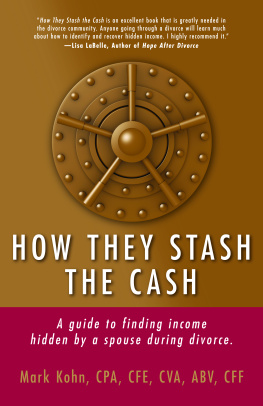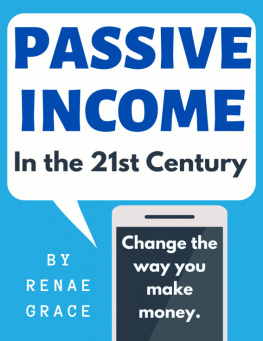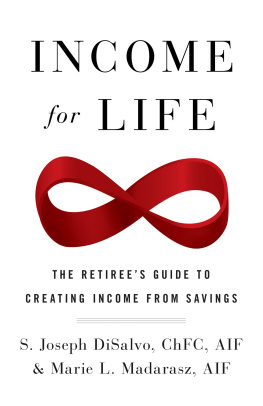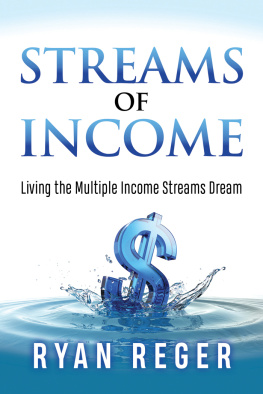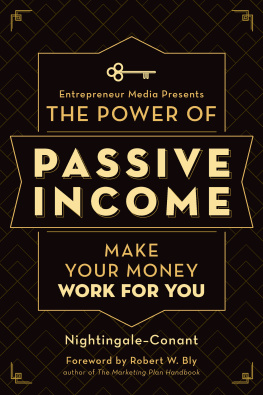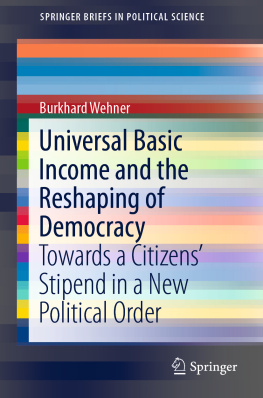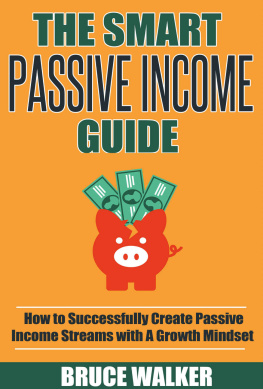Techniques to Find Hidden Income
T he case studies in the preceding chapters demonstrate that finding unreported income is not a matter of guesswork. Instead, using various methodologies, one can improve the odds of finding hidden income and convincing a court to accept those findings. This chapter summarizes the most common techniques.
Investigate the Lifestyle
Begin by examining the lifestyle of the person earning the income, and match it with the income being reported. What kind of car does he drive, and how was it paid for? What kind of clothes does he purchase, where does he travel, and at which restaurants does he eat? If there is a disparity between the lifestyle and the reported income, such as when the tax return reflects low income and the lifestyle reflects high income, examine the persons debts to see if the lifestyle is paid for with borrowed money. If the debts have not increased, look for other possible explanations, such as sale of assets or a recent inheritance. If nothing seems to justify the lifestyle in excess of the re ported income, then there is a good possibility that unreported income is funding the lifestyle.
Look at the Ratios
Statistics are a vailable for many businesses and can aid in making business comparisons to see if reported numbers make sense. The analysis of certain ratios can be an effective tool in discovering hidden income, especially when the lifestyle differs from the reported income. The following paragraphs explain some of the more useful ratios.
Net Income Ratio
Assume that statistics show the net incomes of typical doctors of internal medicine are approximately 50% of their gross receipts. This means that the ratio of their net profit to their gross receipts is 50%. Now assume that the case involves an internist with his own medical practice, and he reports on his tax returns a net income that is only 20% of his gross. It is possible that he is an incompetent businessperson with excessive overhead and poor profits. It is also possible that personal expenses are being paid for by the business and being recorded as business expenses. Therefore, it may be that 30% of the gross is actually personal income being disguised as business expenses. This net income ratio is very helpful in directing ones attention to verify whether the expenses are actually business expenses.
Cost-of-Sales Ratio
Assum e that statistics show that the cost of food sold by high-end restaurants is typically 60% of the sales price. As an example, assume that if a restaurant sells a meal for $50 (not including drinks), the cost of the actual meal is $30. The restaurant therefore makes a gross profit on the meal of $20, from which it pays rent, salaries, etc. Assume that the case involves a high-end restaurant owner, and one sees that he reports sales of $3,000,000 with cost of sales at $2,500,000which means that his cost of sales is 83% of his gross. Using our assumed statistics, the cost of sales should be around 60%. There are several reasons this could be the case. Again, perhaps he is an incompetent businessperson who does not buy well, so his costs are higher than the industry. Perhaps food costs have skyrocketed in the past year, but he wasnt able to pass the costs to his customers. Or, perhaps he is hiding income.
To help determine the reason for the high cost-of-sales ratio, one could look at prior years. If the pattern over the past few years is more or less the same 83%, then the skyrocketing food explanation should probably be excluded, especially if the news does not report a long period of skyrocketing food prices. One could then investigate to see whether there are many personal expenses being paid for by the business that are being recorded as cost of sales. Sometimes there are fictitious vendors on the books, and the owner is the actual payee. Sometimes kickbacks are involved, where the owner pays a large amount of money to a supplier, and the supplier gives back the excess to the restaurant owner in cash. To help determine whether this is happening, one must review the paid bills; assess whether the vendors appear to be legitimate; analyze whether the amounts of certain foods being purchased make sense in light of the restaurant menu; and look at the backs of the cancelled checks. In other words, verify that the expenses are real and that all sales are being recorded. If the expenses are real, then see if the reported income is real. It may be that the costs are really $2,500,000; the costs are really 60% of the gross; and the real gross is actually $4,166,667 (60% of $4.17 million is $2.5 million). In this case, the unreported income would then be $1.17 million ($4.17 million projected sales less $3.0 million reported sales).
Gross Profit Ratio
A ratio very similar to the cost-of-sales ratio is often described as the gross profit ratio. This is calculated by subtracting the sales less the cost of sales to find gross profit; so, one could look at either the cost-of-sales ratio or the gross profit ratio to see that something is irregular. Using the above example, the typical gross profit would be 40% (since the cost is typically 60% in our example), and our subject case is reporting gross profits of 17% (since he reports costs of 83%). The fact that our subject is profiting so much less at the gross profit level compared to the norm is reason enough to pursue further investigation.
Specific Expense Ratios
Many businesses have their own built-in ratios for success. For example, people who are considering buying a restaurant are often advised that if the rent expense on the new lease is more than 10% of projected sales, the restaurant will not succeed. Law firms understand that if secretarial and administrative staffing costs reach a certain percentage of gross billing, the success of the law firm is endangered. Therefore, when looking at a particular business or professional practice, one should first collect some basic statistics concerning the typical ratios of that business, if possible. If one expects rent to be no more than 10% of the total sales, and one sees that it is 20% on the subjects tax return, then theoretically the business should be suffering. If, instead, the business owner exhibits signs of affluence, such as recent purchases of expensive personal clothing, a new lease of an expensive car, or a recent expensive vacation, then there is a strong possibility that the tax return does not reflect all of the real income that is being generated. One can then zero in on how income is being received and recorded to look for unreported income.
Assume, for example, that the subject case involves a small law firm with one lawyer (owner) and two associates, and the associates are each earning more than the reported net profit of the lawyer. In this situation, the ratio being analyzed is the ratio of the associate compensation to the owner compensation. Assume further that the law practice does not do any contingency work, so there is no expected balloon payoff that might accrue to the owner. One then needs to find out why the owners compensation is so low. It may be that he never does any work and, instead, plays golf all day. In this case, an ea rning capacity argument can be raised. This means that instead of asking the court to base support on what the lawyer actually earns, one asks the court to base support on what the lawyer could earn if he were working full time instead of playing golf. Alternatively, it may be that some of his clients are paying in cash or barter, such as making payment in the form of expensive artwork. (I know of one Beverly Hills law firm whose expensive lobby artwork came from a client as payment for services rendered. Some professionals do accept barter as payment, and most probably record the receipt as income. Some, however, may choose to keep the income hidden.) To investigate this, one needs to look at the billing and collections and pay close attention to the adjustments and write-offs. Ask to see correspondence relating to all large write-offs, as the write-offs may really represent payments in disguised form.

